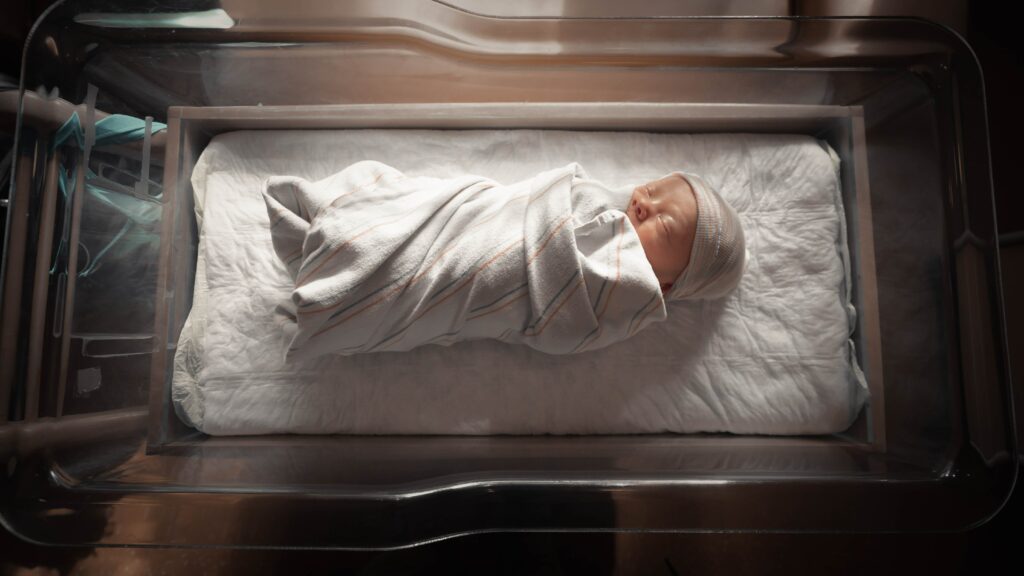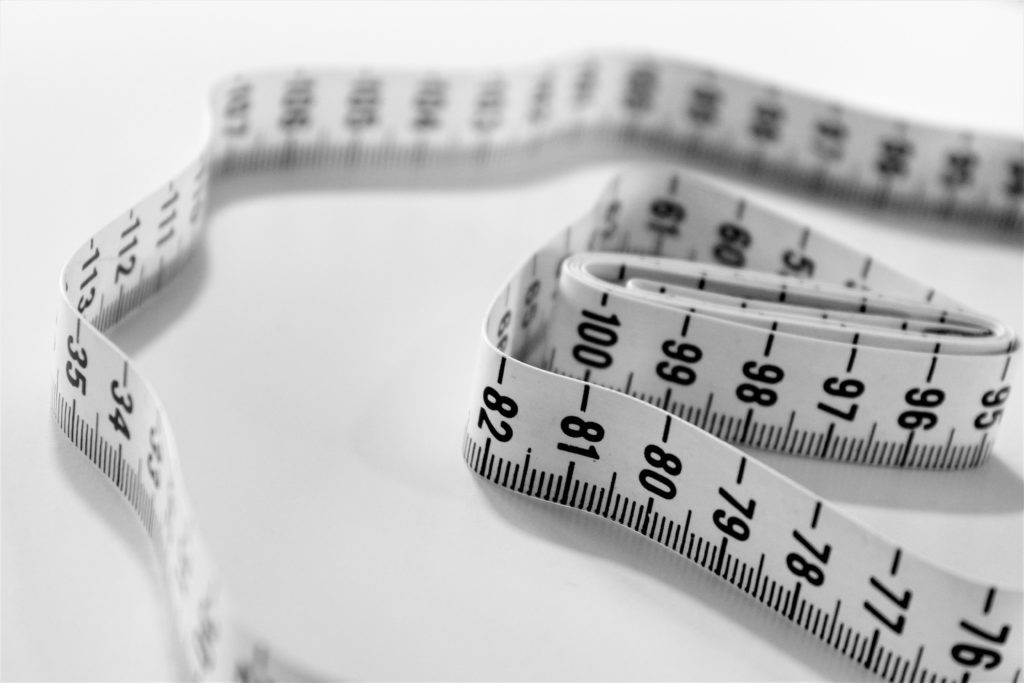The 101 on Body Recomposition

Almost all of us want it — the ability to lose fat while building muscle. Every “celebrity trainer” on Instagram is slinging an 8-week PDF that gets the job done, and it seems simple, right?
Unfortunately, it’s not. And acknowledging the complicated and SLOW process that is body recomposition right off the bat will hopefully alleviate a lot of frustration in the weeks months years to come.
This topic is exceptionally in-depth, scientific, and I could talk for hours and HOURS about the process, nuances, and specific details to implement a body recomp, so the below is a generalization and the down and dirty 101. It’s a generalization from moi, a non-doctor-rd-credentialed nutritionist. I’m just a trainer, you know? Well, a researched one at that.
The Net-Net
HERE IT IS, YOU GUYS. THE ONLY WAYS YOU CAN CHANGE YOUR BODY.
- Build muscle
- Lose muscle
- Gain fat
- Lose fat
That’s it. That’s fahkin it. There is no “toning” there is no “getting bulky” there is no pill or shortcut. There is LITERALLY the above, and that is it.
Body Recomposition
Body recomposition, or most simply put, changing your body, is the process of reducing your body fat while building muscle mass.
PLEASE NOTE: Nowhere were the words, “weight loss” uttered. If you are building muscle while losing fat, you are most likely MAINTAINING SCALE WEIGHT…actually you’re probably gaining. The two terms “recomposition” and “weight loss” are not interchangeable here.
Just about everyone wants it, but very few people actually have the PATIENCE and ADHERENCE to achieve it. It bears repeating; it’s a complicated process and a slow one at that.
For MOST people, building muscle while simultaneously losing fat cannot be done. I would go so far as to say that only two kinds of people can indeed lose fat while building muscle AT THE SAME TIME.
- Overweight individuals with little to no level of fitness ability, those who are just starting out
- Someone who is rebuilding lost muscle mass, those who are experienced fitness enthusiasts recovering from an injury or life event or getting back into the game after taking time off
A personal note: I was a PRIME candidate for the latter after I had my baby. Before getting pregnant, I strength trained for the better part of a decade. I lost a significant amount of muscle mass throughout my pregnancy and during my early postpartum months and was able to pack on a lot of muscle reasonably quickly once I re-entered fitness because of my previous tenure. To all my haters who said it was, “easy for me to bounce back” IT WAS! If you call 10 years of pre-work, child-birthing, and then months of calculated strategy easy.
If you’re in the population state above, change happens quickly, it is so awesome and comes with a swell of motivation but it is shortlived. Sooner or later, your body loses its ability to multitask, and you join the real world. The honeymoon phase is o-v-e-r. BTW, you may refer to this as a plateau! It’s not though, just a sign your body has adapted to your process and it’s time for a change in your process.
The Confusion
A lot of clients I speak with get tripped up when conceptualizing the four ways to change your body, reiterated below for easy reference.
- Build muscle
- Lose muscle
- Gain fat
- Lose fat
Allow me to break it down ON THE VERY MOST BASIC OF BASIC LEVELS:
- Build muscle = caloric surplus + increase training, maybe a decrease in cardio-based activity
- Lose muscle = caloric deficit + reduce strength training, maybe increase cardio-based activity
- Gain fat = caloric surplus +reduce training all together
- Lose fat = caloric deficit + increase training
Read that again.
- Build muscle = caloric surplus + increase training
- Lose fat = caloric deficit + increase training
Direct conflict of interest.
Has this ever happened to you?
You first start a new training program, your volume and/or frequency increases, your appetite follows suit. You unintentionally enter a caloric surplus to maintain your appetite and subsequent muscle growth. That makes sense – right? You’re working out hard, your body is expending a TON of energy, and you need more fuel to sustain your level or activity.
What happens next?
YOUR PERCEPTION: You step on the scale then look in the mirror. Then you freak the fahk out. You blame your strength training for your increase in scale weight and “bulky” appearance. And quit.
YOUR REALITY: Your body utilizes that caloric surplus to grow muscle without shedding fat. Fat sits on top of the muscle your building, covering its appearance, resulting in a “puffy” or “thick” aesthetic.
Ladies, if you are one of those gals who claim something similar to, “I can’t lift weights, I get bulking just from Spinning!”
I’m giving it to you straight – you’ve just got unwanted fat on your body. You’re growing beautiful muscle, but you’ve got fat on top of it. It is what it is.
And it’s NOT a bad thing, so stop using a “bulky” aesthetic as a cop out and get with the program. YOUR program to get what you want.
Your Ah Ha Moment
Calorically speaking, muscle growth and fat loss are a direct conflict of interest. Losing fat and building muscle requires the EXACT opposite of each other in terms of caloric consumption.
Ugh. Fahk.
Your body will take that surplus of calories you’re consuming will use it to build muscle, which is good. BUT…when you BUILD MUSCLE without losing fat, your tissue grows and your fat moves outward. That’s your perceived bulk. Alright, we know this.
It’s not the act of lifting that’s making you “bigger,” it’s your caloric surplus, it’s not your workout, it’s your nutrition.
Ah ha.
Now that we’ve got the ways to change your body, and a potential hang-up out of the way, let’s get to it. Body recomposition is a SPECIFIC process that doesn’t necessarily have to be overthought but does require specific action.
How It’s Done
Body recomp is a lot like being a woman in 2019. You can have it all! Just not all at once.
Ugh. That’s such an UNFUNNY joke because it’s true on both accounts.
Your success will be found in the oscillation between growing muscle and then losing fat in a way that doesn’t conflict with either interest.
- Build muscle = caloric surplus + increase training
- Lose fat = caloric deficit + increase training
You can do it in either order, but to be honest, each will come with drawbacks and discomfort.
Build Muscle
Optimize your diet for training to gain muscle while keeping fat gain to a minimum.
Prioritize:
- Strength training with a strong focus on progressive overload
- PATIENCE
- Caloric surplus
- Protein consumption
Pros:
- You get to eat, REJOICE
- You’ll feel strong as hell
Cons: Temporary weight gain is uncomfortable, but you do NOT have to put on an excessive amount of weight in the name of muscle growth. When I say weight gain, I mean 7-10-ish pounds. It’s actually negligible but in our minds, we’ll be like, “OMFG NO!”
Lose Fat
Optimize your diet for caloric deficit while strength training to the best of your ability. I say that because if you’re in a caloric deficit you will most likely NOT be PR-ing, and your progressions will be minimal. Strength train thoughtfully and intelligently with realistic expectations.
Prioritize:
- A caloric deficit with sufficient protein intake
- Caloric expenditure
- Strength training
- Patience
Pros: Weight loss
Cons:
- A perceived plateau in strength gains
- Hunger
The less you eat, the less energy you have. This phase of your life is NOT one to focus on PR’s on the tread, the weight room, or anywhere else. Leaning out is all about diet so focus your wins to the kitchen.
Does the above make sense? If it does not, DM me. More importantly, does it make sense that when you’re focused on one phase your actions, priorities, and goals need to be aligned and YOU have to be confident in moving forward.
Your Time Table
Each phase takes time to achieve and build, and while many sources will give different recommendations, I think each stage takes 12-20 weeks MINIMUM.
Additionally, a general best practice is to take time OFF dieting for the same amount of time you’ve dieted. ISN’T THAT CRAZY?! Gals, for most of us that’d be 20+ years because we’ve been “dieting” for so fahking long. Yah. More on that later, but if you need to learn more about the RIGHT time to diet, click away.
In Conclusion
You’ll have to decide what’s best of you, but I’ll leave you with a parting thought. Most people should start with losing fat, then building muscle. Prioritize a caloric deficit and strength training with a trending progressive overload. Keep at it for AT LEAST 12 weeks. Then start your reverse diet but slowly adding calories back on, building your strength, and growing your muscle tissue. You’ll no doubt feel a tad unhinged as you start to pack on weight…but when you start the cycle over again and shed your minimal fat gain to reveal that hard earned muscle. Damn, it’ll feel (and look) so fahkin’ good.
My Personal Application
I’m sharing this information trusting that you won’t take it out of context that this is what YOU should also do, but wanted to give ONE (personal) example of how this comes to life over the course of YEARS.
- 2009-2017: Strength training REGULARLY
- June 2017-March 2018: Active and fit pregnancy
- March 2018-April 2018: Newly postpartum, establishing breastfeeding, not working out
- April 2018-October 2018: Weight loss, prioritization postpartum fitness re-entry and strength training with a non-linear progressive overload
- November 2018-December 2018: TIME OFF. My brother passed away, I did not work out regularly, I went days without eating properly. I went days without sleeping. My cortisol levels (I imagine) were through the roof. I couldn’t have cared less about health, fitness, or to be honest, much in general. I gained 8 pounds
- January 2019-April 2019: Caloric maintenance with a focus on strength training and progressive overload
- May-June 2019: Slight caloric deficit for fat loss in anticipation of two photoshoots
- July 2019-December 2019: Muscle growth, caloric surplus, inevitable weight gain
- January 2020-May 2020: Fat loss, baby! Expose that beautiful muscle I’ve been workin’ so hard to build
Moral of the story? Shit. Takes. Time. But with a long-term plan, you’ll be successful.
Stay with it.
Focus on the GOAL and OUTCOME of each phase. Like, do not be in a muscle growth phase and get bummed out when you’re not losing weight. Your goals and expectations have to go hand-in-hand. Read more on that here.
DO NOT give up!
Appendix:
In 2017 I wrote another post HERE on achieving the same concept with the added layer of macro cycling – not mandatory – but another way to get to where you want to go if you’re a numbers geek and want some added layers to your protocol.







Omg this is seriously LIFE SAVING! I have been strength training with progressive overload (with a trainer) for the past year and love how strong I have become. Recently my clothes were getting tight and I was starting to feel really uncomfortable with the extra weight. I’m happy to hear that I can continue training (with out high expectations for making any PRs) while being in a caloric deficit. This is so helpful!! Thank you so so much!!!
Kate, thank you so much for the great content. I have been trying to lose weight and gain muscle at the same time. But the reality was I lost weight and lost muscle though I actively workout. After reading your blog, I realize I should put losing weight first and then muscle gain. And feel comfortable with the new plan. Thank you.
thank you
Thank you for this ????, one question. What is PR?
Ugh, thank you. I’ve been training for 4 months and I’ve gained 6 pounds and I’m freaking out! But your post helped me a lot. Now I’ll try to lower my activity and focus on diet. In 4 months I can start the bulking cycle again.
Ty for your knowledge and experiences. This is informative and helpful.